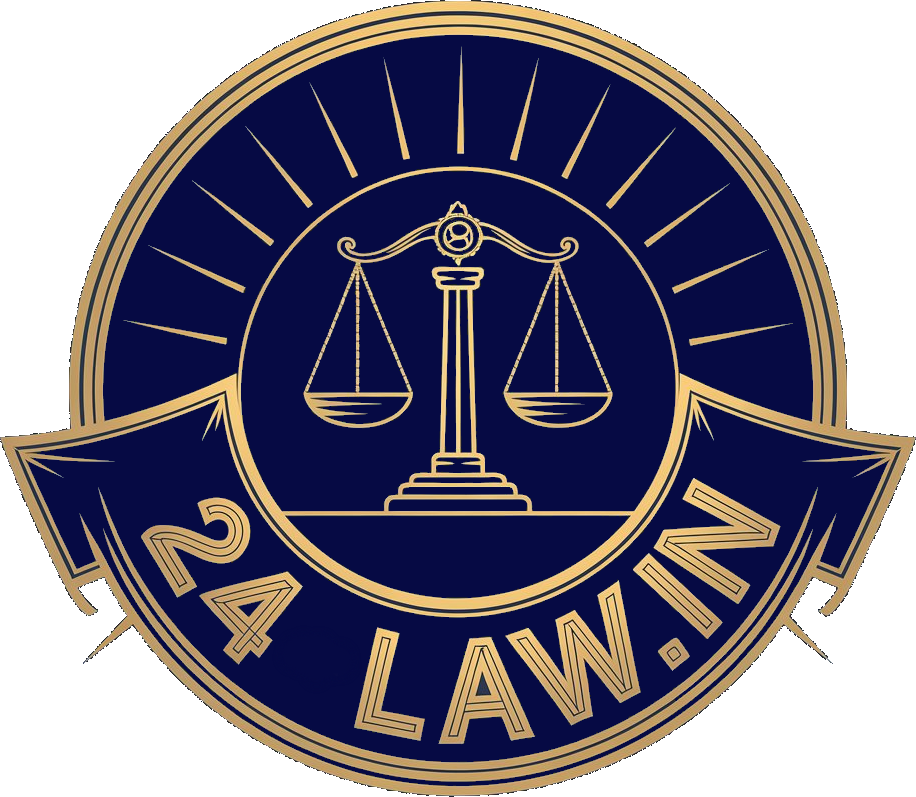Karnataka High Court Quashes Advertisement Tax On Educational Institutions | Non-Commercial Signages For Institutional Identification Not Taxable Under Section 134 | BBMP Orders Set Aside
- Post By 24law
- July 3, 2025

Sanchayita Lahkar
The High Court of Karnataka Single Bench of Justice Sachin Shankar Magadum held that signage displayed by a charitable educational institution without any commercial or promotional content cannot be subjected to advertisement tax under Section 134 of the Karnataka Municipal Corporation Act, 1976. The court directed quashing of the impugned tax demand orders issued by the Assistant Revenue Officer, Bruhat Bengaluru Mahanagara Palike (BBMP). The court further directed the respondents to consider the petitioner’s representations seeking exemption from advertisement tax and to pass appropriate orders in accordance with law within eight weeks from receipt of the certified copy of its judgment.
The petitioner is a registered educational institution operating under the Gupta Education Trust and running courses under the name Gupta College at building No.808, 100 Feet Ring Road, Hosakerehalli, Bengaluru. The institution offers PU courses in Commerce and Science, degree courses in B.Com and BBA, and a postgraduate course in M.Com.
The petition challenged the legality of demand notices issued by the Assistant Revenue Officer, BBMP, dated 18.11.2016 for payment of advertisement tax on signage displayed on its premises. The petitioner contended that the levy of advertisement tax is ultra vires, amounts to an unreasonable fiscal burden, and is not envisaged under the statutory scheme, as the institution is a charitable trust and its signage does not contain any commercial advertising content.
The petitioner submitted that the signage displayed is purely informative, indicating the name and emblem of the institution, and is devoid of commercial promotion or inducement to the public to avail of any service. It was argued that under the BBMP Advertisement Bye-laws, 2006, the signage does not fall within the definition of “advertisement” as it does not promote a product or service in a commercial sense.
In response, the respondent-Corporation contended that Section 134 of the Karnataka Municipal Corporation Act empowers it to levy tax on advertisements, including signage and hoardings. It submitted that the petitioner had erected hoardings without prior permission, thereby justifying the levy.
The court examined the definition under Rule 2A(1) of the BBMP Advertisement Bye-laws, 2006, which defines “advertisement” as any device or representation displayed to promote a product or service in a commercial sense. The court also referred to Section 134, which empowers levy of tax on advertisements but exempts signage relating to the name of the land or building, or the name of the owner or occupier, among other categories.
The court perused the photographs of the signage and recorded that the signage is modest in size, contains only the name and emblem of the institution, and does not display any promotional content or advertisement of third-party goods or services.
The petitioner also relied on decisions of the Supreme Court in T.M.A. Pai Foundation v. State of Karnataka (2002) and P.A. Inamdar v. State of Maharashtra (2005) holding that education is charitable and not commerce, and in Municipal Corporation of Greater Mumbai v. Indian Oil Corporation Limited (1991) which held that the essence of advertisement is to promote for commercial advantage.
The court recorded that Section 134 of the Act empowers the Corporation to levy tax on entities where the essence of the advertisement is to promote or bring something to notice for commercial advantage. It noted that in the present case, the object of establishing the educational institution is charitable and not commercial.
The court stated that a plain reading of Section 134 suggests that the legislative intent behind imposing tax is directed at commercial or promotional advertisements, particularly those aimed at attracting public attention for commercial benefit.
It recorded that the signage and boards displayed by the petitioner institution are fixed on property owned and possessed by it, and these hoardings are meant purely for institutional identification and for providing directions to students, parents, and staff, without any promotional or commercial messaging encouraging profit-oriented activity.
The court observed that the photographs produced along with the memo dated 22 November 2017 clearly showed that the structure in question is signage affixed to the college building and serves solely to identify the educational institution.
It noted that the signage is modest in size and contains only the name and emblem of the institution. The court stated that the placement of signage on the college building, being part of the institution's physical infrastructure, is not intended to solicit business.
It recorded that such signage lacks the essential character of an advertisement as defined under Rule 2A(1) of the BBMP Advertisement Bye-laws 2006.
The court held that in the absence of any commercial or promotional content, the signage cannot be subjected to advertisement tax under Section 134 of the Act. It stated that it is a well-settled principle of law that taxing statutes must be construed strictly and in case of ambiguity, the benefit must go to the subject and not to the revenue.
The court concluded that unless the levy falls squarely within the four corners of the taxing statute, no liability can be imposed. It further recorded that the respondent Corporation had not placed any material on record to show that the signage in question was in the nature of commercial promotion or carried any element of inducement.
The court stated that the writ petition is allowed. It quashed the impugned orders dated 18 November 2016 passed by respondent number two, which were produced at Annexures-D and D1.
The court directed the respondents to consider the petitioner’s representations dated 20 December 2016 and 8 May 2017 submitted at Annexures-E and G, seeking exemption from payment of advertisement tax, and to pass appropriate orders in accordance with law within eight weeks from the date of receipt of a certified copy of the order.
Advocates Representing the Parties
For the Petitioners: Sri. Rajendra Kumar Sungay T.P., Advocate
For the Respondents: Sri. Mohan Kumar K.V., Advocate
Case Title : B.S. Gupta v. The Commissioner, Bruhat Bengaluru Mahanagara Palike & Anr.
Neutral Citation: 2025:KHC:21880
Case Number: WP No.46688 of 2017
Bench: Justice Sachin Shankar Magadum


